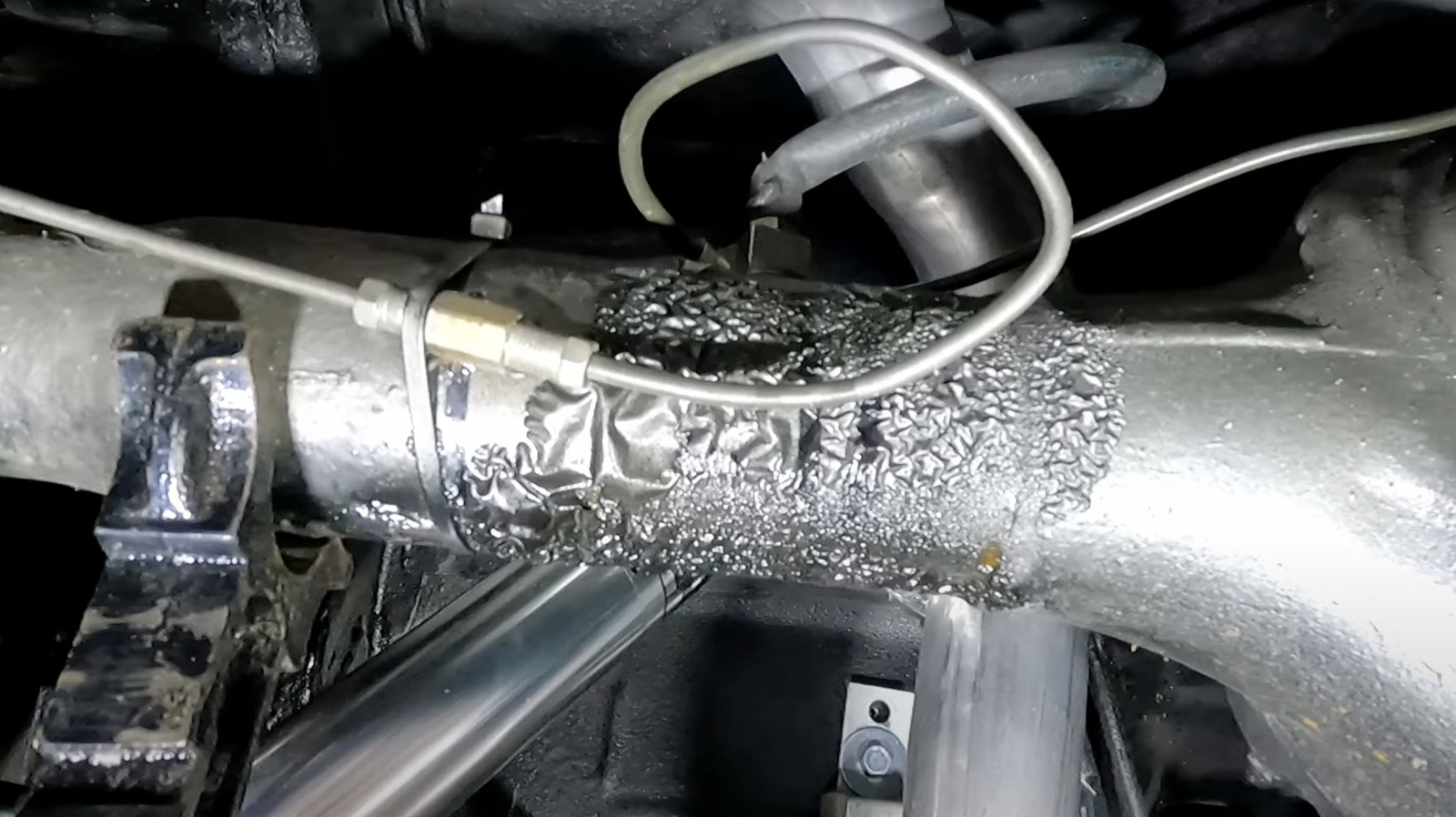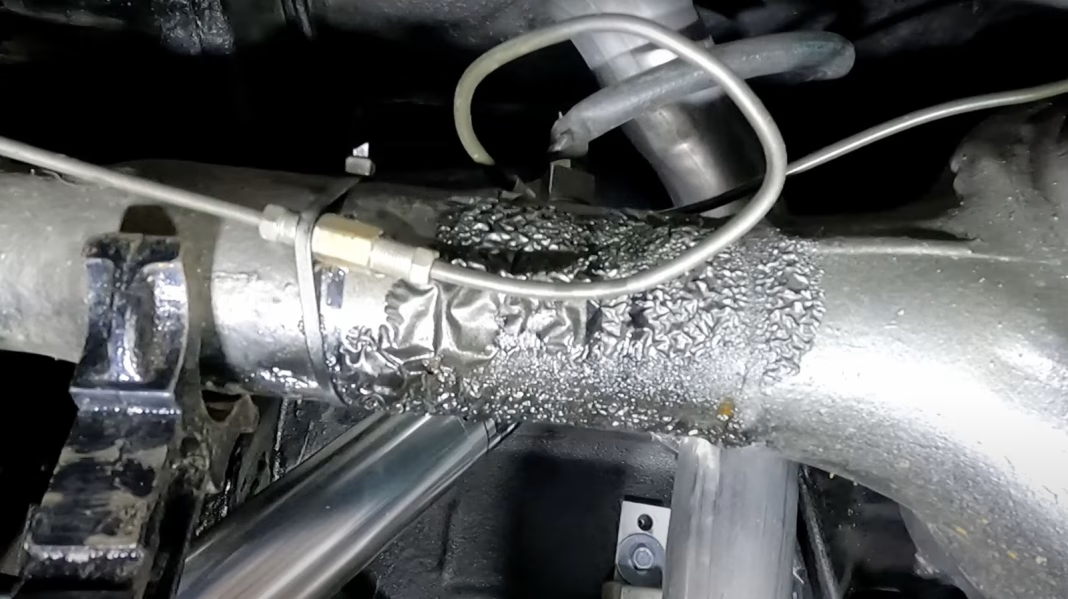Spilling brake fluid on your car’s paint can feel like a mini disaster, but don’t panic just yet. Understanding how to handle this situation quickly and effectively can save your vehicle from unsightly damage. Let’s dive into what you need to know and do if you ever find yourself in this sticky situation.
What Makes Brake Fluid So Damaging?
First off, it’s important to grasp why brake fluid is such a menace to your car’s paint. Most brake fluids contain glycol ethers, which are highly corrosive substances. When they come into contact with your car’s finish, they can eat away at the protective layers and the paint itself. This can lead to discoloration, dull spots, or even peeling if left untreated.
How Quickly Should You Act?
Time is of the essence here. The longer the brake fluid sits on your paint, the more damage it can cause. Ideally, you should aim to address the spill within minutes. If you notice a spill, don’t wait for it to dry or hope it will magically disappear. The quicker you act, the better your chances of preserving your car’s finish.
Immediate Steps to Take
1. **Assess the Situation**: First, check how much brake fluid has spilled. If it’s a small amount, you might be able to manage it yourself. For larger spills, or if you’re unsure, it might be best to consult a professional.
2. **Gather Your Supplies**: You’ll need a few items to tackle the spill effectively. Grab some clean, soft cloths or paper towels, a bucket of warm water, and mild soap. If you have access to a car wash spray or detailing solution, that can be helpful too.
3. **Blot, Don’t Rub**: Using a clean cloth, gently blot the area where the brake fluid has spilled. Avoid rubbing, as this can spread the fluid and make the situation worse. Blotting helps to absorb the fluid without pushing it further into the paint.
4. **Wash the Area**: After you’ve blotted up as much fluid as possible, it’s time to wash the area. Dip a cloth in warm soapy water and gently clean the affected spot. This helps to neutralize the corrosive properties of the brake fluid.
5. **Rinse Thoroughly**: Once you’ve cleaned the area, rinse it with clean water to ensure all soap and brake fluid residues are removed. It’s crucial to get rid of any lingering chemicals that could continue to harm the paint.
6. **Dry and Inspect**: After rinsing, dry the area with a soft towel. Take a close look at the paint. If you notice any discoloration or damage, you may need to consider polishing or waxing the area to restore its shine.
What If the Damage Is Already Done?
Sometimes, despite your best efforts, the damage may already be visible. If you see discoloration or dull spots, don’t despair. You might be able to restore the paint with a few additional steps:
– **Polishing**: Using a fine polishing compound can help buff out minor damage. Apply it with a soft cloth, working in small circles until the area looks better.
– **Waxing**: After polishing, applying a good quality wax can provide a protective layer against future spills and enhance the shine of your paint.
– **Professional Help**: If the damage is extensive, it might be wise to consult a professional detailer or body shop. They have the tools and expertise to restore your car’s finish effectively.
Preventing Future Spills
To avoid the headache of dealing with brake fluid spills in the future, consider a few preventive measures. Always check for leaks in your brake system and address them promptly. When working on your car, be mindful of where you place brake fluid containers and avoid overfilling reservoirs.
The big takeaway? Dealing with brake fluid spills isn’t about perfection—it’s about smarter adjustments. Start with one change this week, and you’ll likely spot the difference by month’s end. Your car deserves the best, and with a little care, you can keep it looking sharp and shiny.


